Ganesh Chaturthi - Rituals, Significance, History and Celebrations
(Moon Sign Based)
The festival of Ganesh Chaturthi is celebrated with fervor and pomp in the Hindu states of Maharashtra, Andhra Pradesh and Tamil Nadu. This 10 day long festival celebrates the homecoming and stay of Lord Ganesha on the earth. Find out all about this colourful festival.
Lord Ganesha is the Hindu God of wealth, sciences, knowledge, wisdom and prosperity. Hindu devotees worship him and seek his blessings before commencement of any new work. Ganesh Chaturthi is an auspicious festival among the Hindu community which is celebrated widely for 10 days each year.
Also known as the Vinayaka Chaturthi, it is a very colourful and exciting celebration to commemorate the birthday of Lord Ganesha. This 10 day long festival celebrates the homecoming of Lord Ganesha in the month of Bhadra. Lord Ganesha is also called Gajanana, Ganesh, Gajadant, which are among his 108 names.
Vedic Astrology predictions are so accurate because calculations are based on Moon Sign, which can be determined only with exact birth details. If you don’t know your Moon Sign, FIND OUT INSTANTLY by filling in the form below.
According to the Hindu calendar, this festival falls in the month of Bhadra, which is in the month of August – September as per the Gregorian calendar. In 2021, Ganesh Chaturthi will be celebrated on September 10.
Auspicious time for Pooja:
The date of Ganesh Chaturthi falls on the fourth day of the waxing moon period (Shukla Chaturthi) in the Hindu lunar month of Bhadrapada. This is August or September each year. The festival is celebrated for 10 or 11 days according to the Hindu lunar calendar, with the biggest spectacle taking place on the last day called Anant Chaturdashi.
In 2021, Ganesh Chaturthi is on September 10
Chaturthi Tithi Begins - 12:18 AM on Sep 10, 2021
Chaturthi Tithi Ends - 09:57 PM on Sep 10, 2021
Anant Chaturdashi is on September 19 or Ganesha Visarjan is on Sunday, September 19, 2021.
If you want to make changes in your prayer room, follow these astro-suggestions for designing your prayer room.
History:
Lord Ganesha is the younger son of Lord Shiva and Parvati. There are various stories behind his birth but two of them are the most common ones.
According to first story, Lord Ganesha was created from the dirt of the body of Goddess Parvati. It is believed that one day, in the absence of Lord Shiva, when Goddess Parvati had gone to take bath, she created Ganesh to protect and provide security and privacy by guarding the bathroom door. When Lord Shiva returned and demanded to see Goddess Parvati, Ganesha stopped him. Angered, Lord Shiva got into a riff with him and severed his head from the body of Ganesha. When Parvati came to know about this, she was enraged and made Lord Shiva promise to get the child’s head back. Unable to find it, Lord Shiva then replaced the head of Ganesha with the head of an elephant. And that is how Lord Ganesha is said to have been born. This is also why he was named Gajanan.
Another legend is such that the Devas requested Shiva and Parvati to create Ganesha so that he can be a Vighnakarta (creator of obstacles) for Rakshasas (demons), thus being a Vighnaharta (averter of obstacles) and helping the Devas.
Importance of Ganesh Chaturthi:
It is believed that all those who pray dedicatedly to Lord Ganesha are able to fulfil all their wishes and dreams. They are set free of sins and it leads them on the path of knowledge and wisdom. Ganesh Chaturthi is celebrated with pomp and show and in a grand scale, where people from all castes of the society can come together, pray and be united. At home, Ganesh idols are installed and decorated with flowers and leaves. Offerings are made and poojas are organized. Then, after a period of 10 days, the idols of Lord Ganesh are immersed in a water body in an attempt to bid farewell to his mortal journey. This is called the Visarjan. The visarjan is followed by loud chanting of "Ganpati Bappa Morya, Pudcha Varshi Lokar Ya", which means 'Lord Ganesha, come back soon next year.'
Sweets and savories like modak, jaggery and coconut are offered to Lord Ganesha. It is believed that Lord Ganesh loves modak, a sweet dumpling made from rice flour mixed with coconut and jaggery. This offering is made to the idol as Bhog.
Talking about food and prashad, you might be interested to find out which food items or cuisines suit you the best.
Celebrations and Rituals:
The festival of Ganesh Chaturthi begins with Pranapratishhtha, where the mantras are chanted by a priest. Offerings which are loved by Lord Ganesha are placed in front of his idol. These include modak, shrikhand, payasam, coconut rice, motichoor laddoo and other sweets. Devotees visit temples and special pandals set up for Ganesh Chaturthi to pay their respects to Lord Ganesha. People also sometimes choose to bring Ganapati idols home ahead of the festival and host him for the 10-day festivities. On the Visarjan day, devotees pay respect to him as he is seen off, taking all our worries away and leaving blessings behind.
You can now know about your lucky colours and their power in your life.
Traditions:
How to worship Lord Ganesha during this festival:
- First, it is important to cleanse your body by taking a bath in the name of God, which is said to wash away the sins and miseries of life. It perpetuates happiness, health and wealth, and brings you children and salvation.
- Second practice is to offer white flowers to the gods in order to bring success and fame.
- Third ritual would be to offer grass as it is said to bring good luck, prosperity and children.
- Fourth, offer vermilion or Sindoor to the Gods so as to bring good fortune.
- Fifth, households must light incense sticks as it brings fame.
- Sixth, devotees should offer sweets and laddoos to Lord Ganesh as it will help you fulfil your desires.
- Lastly, Mantra Pushpanjali or offering of flowers is made to Lord Ganesha to ask for forgiveness for the mistakes one has made.
.jpg)
Detailed Life Reading
The Detailed Life Reading is prepared using Vedic predictive means and for this your birth chart is analysed with a deep analysis of the dasa system and all planetary transits during the relevant period. more
2026 Horoscope Reports
Translate
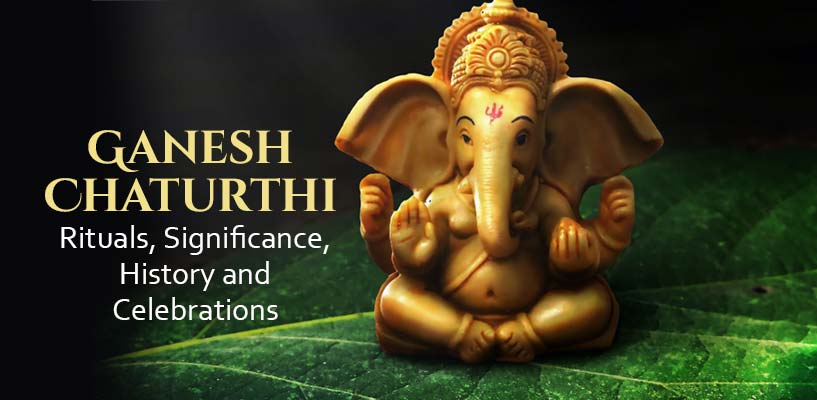
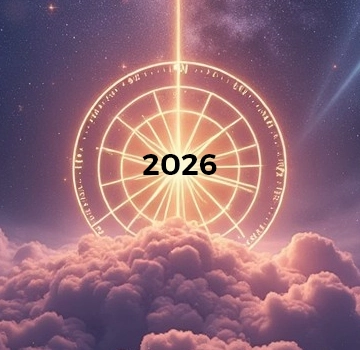

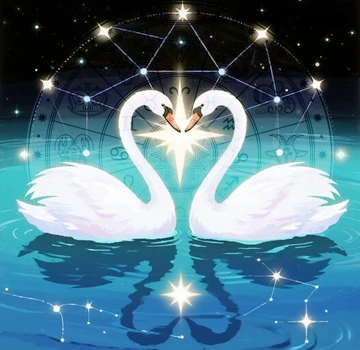

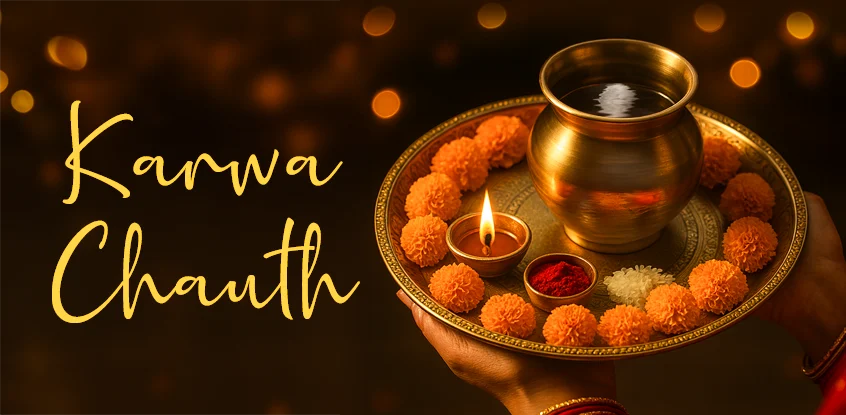 Karwa Chauth, 10 Oct 2025: Significance & Puja Details
Karwa Chauth, 10 Oct 2025: Significance & Puja Details
 What Should You Do to Attract Prosperity on Dhanteras?
What Should You Do to Attract Prosperity on Dhanteras?
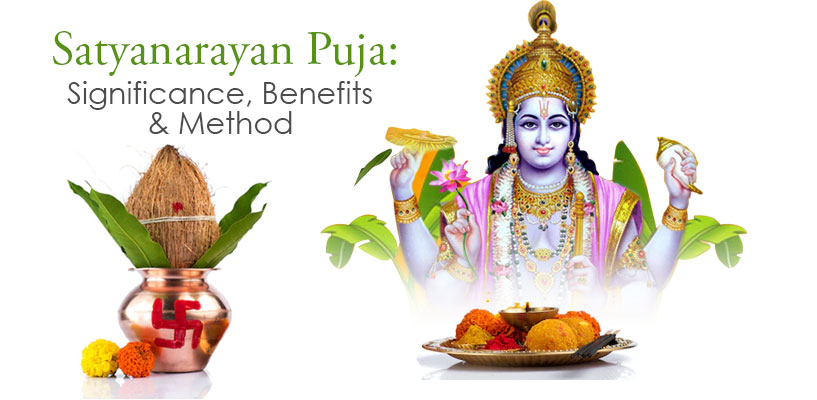 Satyanarayan Puja: Significance, Benefits & Method
Satyanarayan Puja: Significance, Benefits & Method
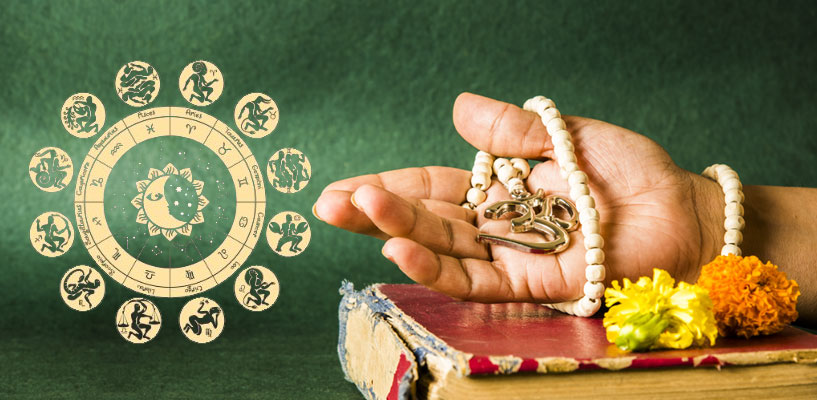 Are you Religious? Find It Through the Moon Sign
Are you Religious? Find It Through the Moon Sign
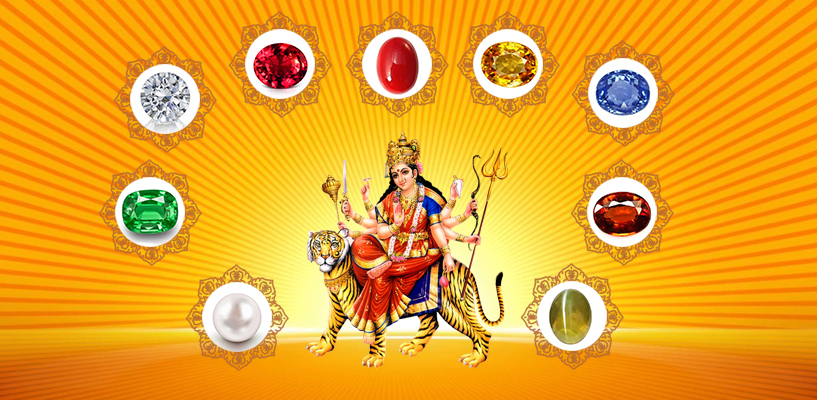 The Auspicious Nine Gemstones For the Divine Nine Deities of Navratri
The Auspicious Nine Gemstones For the Divine Nine Deities of Navratri
